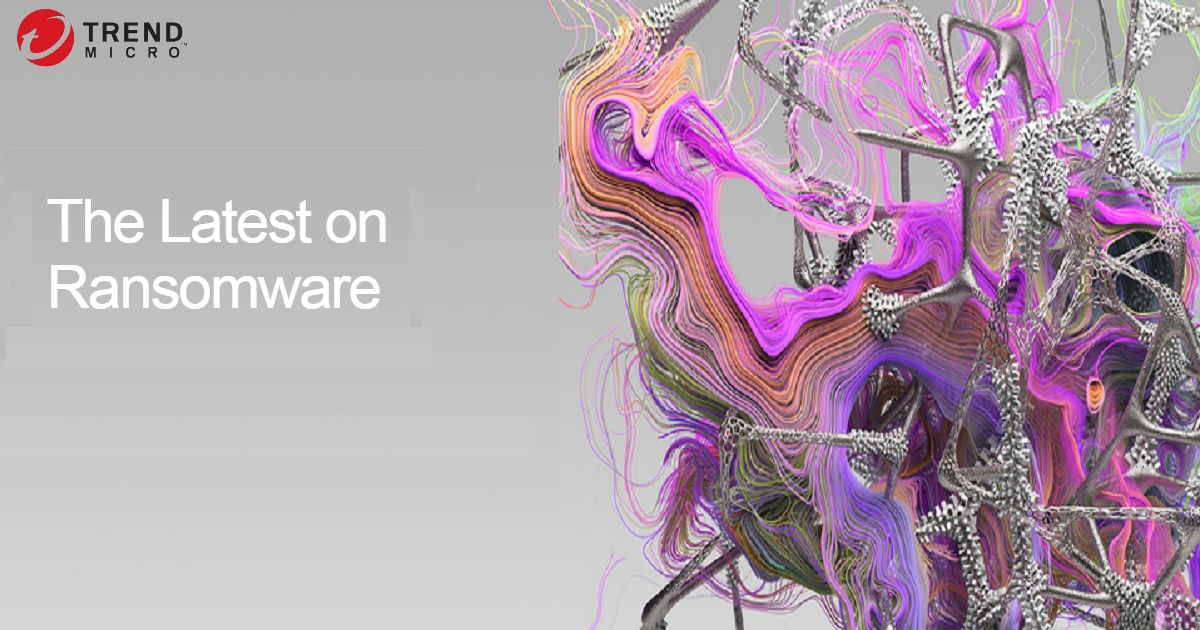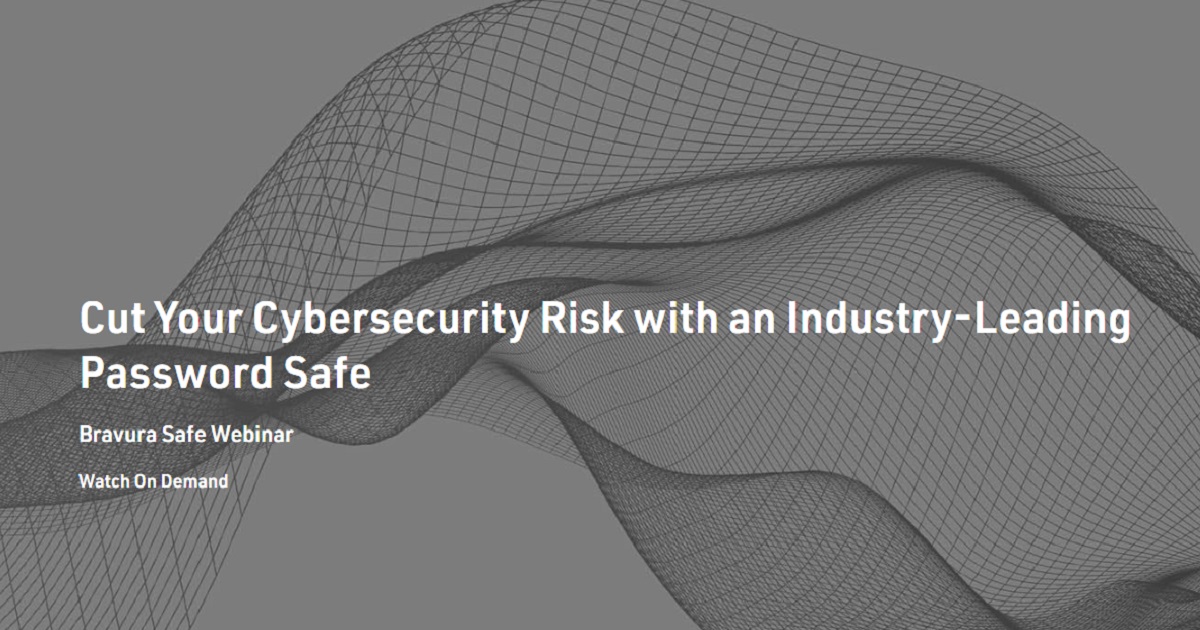
Thanks to the rapid increase in ransomware attacks, businesses are having a difficult time with cyber insurance renewals. Many organizations are finding that they can no longer afford cyber insurance, while others are declined coverage altogether.
Watch Now

MediaPRO
This attempt went on to ask why the sender wouldn’t pay an “invoice” attached to the email. Our IT staff later confirmed this attachment carried a ransomware payload. Like the confusing influx of different Oreo flavors in recent years (cotton candy Oreos, really?), the variety of phishing email attempts has blossomed. The “shock and awe” method described above is not a new tactic, though the use of vulgarity seems to be a relatively new variation. Fake shipping confirmations. Tax-related W-2 requests. Emails requesting password resets for social media accounts, online banking, you name it. These are just a few ways scammers use social engineering to bypass technological safeguards and compromise sensitive data.
Watch Now

Trend Micro
Ransomware has wreaked havoc on many organizations, causing financial losses, reputation damage, temporary or permanent loss of sensitive or proprietary information, and the list goes on. And as if that isn’t enough, the actors behind this threat have constantly changed their tactics and who they target—making security that much trickier.
Watch Now

While compromised passwords remain the top cause of breaches and attacks, working from home and leveraging new tools has resulted in an explosion of new, decentralized employee passwords outside of the enterprise applications onboarded to your identity and privileged access management program. This shadow IT creates significant cybersecurity risk for your company with hundreds of employee passwords, secrets, and files shared in chats and texts, stored in spreadsheets, and saved on sticky notes. Or worse, passwords are reused across personal and corporate accounts on the internet.
Watch Now